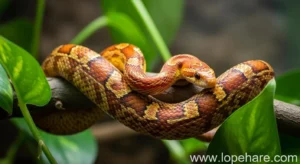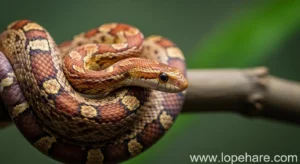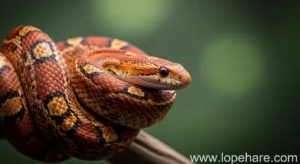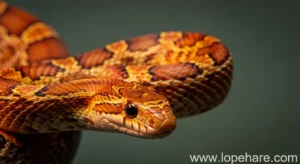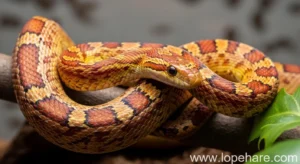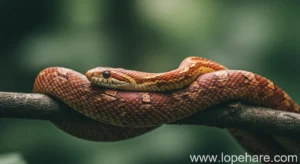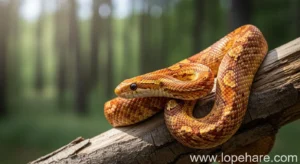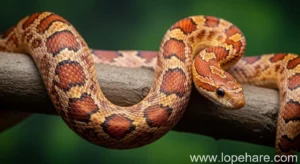Reptile Husbandry
Common Health Issues in Corn Snakes and How to Treat Them
Corn snakes (Pantherophis guttatus) are incredibly popular pets, particularly for those new to reptile keeping. Their generally docile nature, manageable size, and relatively straightforward care requirements make them an excellent choice. However, like all living creatures, corn snakes can face health challenges. At lopehare.com, we believe that being a responsible pet owner means being prepared. Understanding the common health issues in corn snakes and how to recognize and address them is crucial for ensuring your scaly companion lives a long, healthy, and happy life.
Recognizing Signs of Illness
Snakes are masters at hiding signs of illness as a survival instinct. By the time symptoms are obvious, the condition might be advanced. Regular observation is key. Pay attention to:
- Behavior: Is your snake unusually lethargic, restless, or hiding excessively (unless they are in shed)?
- Appetite: Refusing food when they normally eat is a common sign.
- Appearance: Any lumps, bumps, lesions, changes in scale texture, cloudy eyes (when not shedding), discharge, or unusual posture?
- Breathing: Open-mouth breathing, wheezing, clicking sounds, or mucus around the nostrils/mouth.
- Movement: Difficulty moving, tremors, or stargazing (head pointed upwards and unresponsive).
If you notice any of these signs, it’s time to investigate potential causes and often, consult a reptile veterinarian.
Overview of Common Issues
While corn snakes are generally hardy, improper husbandry is the leading cause of most health problems. Maintaining correct temperature, humidity, ventilation, and providing a clean environment are the best preventative measures. Here are some issues you might encounter:
Respiratory Infections (RIs)
Often caused by incorrect temperatures (too cold), improper humidity (too high or low), or poor ventilation. RIs are serious and require veterinary intervention.
Symptoms: Open-mouth breathing, wheezing, clicking or gurgling sounds during breathing, mucus around the nostrils or mouth, lethargy, lack of appetite.
Treatment: A vet will typically prescribe antibiotics. Improving the enclosure’s temperature gradient and humidity is essential for recovery and prevention. How to treat corn snake respiratory infection often involves ensuring the warm side of the enclosure is appropriate (e.g., 80-85°F ambient with a basking spot up to 90°F) and humidity is within the correct range (40-60%, higher during shed).
Mouth Rot (Stomatitis)
An infection of the mouth, often starting from a minor injury and exacerbated by poor hygiene or stress.
Symptoms: Swelling or redness around the mouth, cheesy or pus-like discharge, inability to close the mouth properly, loss of appetite.
Treatment: Veterinary care is necessary. Treatment involves cleaning the affected area and administering antibiotics, sometimes alongside pain relief. Regular enclosure cleaning and avoiding rough cage furnishings can help prevent mouth injuries.

Scale Rot (Dermatitis)
A bacterial or fungal infection of the scales, usually caused by overly damp or unsanitary substrate.
Symptoms: Discolored scales (often reddish or brownish), blistering, pitted scales, foul odor, lethargy. Early signs might just be slight discoloration on the belly scales. Knowing the signs of scale rot in corn snakes allows for earlier intervention.
Treatment: Mild cases might be treated with topical antiseptics and improved husbandry (especially ensuring the substrate is dry and clean). More severe cases require veterinary attention and systemic antibiotics or antifungals. Using appropriate, absorbent substrate and spot cleaning daily are key preventative measures.
External Parasites (Mites)
Tiny spider-like mites that feed on a snake’s blood. They are highly contagious and irritating.
Symptoms: Visible mites (tiny black or red dots) often around the eyes, mouth, or in scale crevices. Snake soaking excessively in water dish, restlessness, small blood spots in the enclosure, lethargy in heavy infestations.
Treatment: Requires thorough cleaning and disinfection of the entire enclosure. The snake will need treatment, often involving special mite sprays, baths, or topical treatments prescribed by a vet. Quarantining new animals is essential to prevent introducing mites.
Impaction
Occurs when a snake is unable to pass fecal matter, often caused by feeding prey items that are too large, ingesting substrate, or insufficient temperature leading to poor digestion.
Symptoms: Swelling in the lower half of the body, lethargy, loss of appetite, straining without passing stool.
Treatment: Warm baths can sometimes help pass a mild impaction. However, persistent or severe cases require veterinary intervention, including palpation, X-rays, and potentially enemas or surgery. Ensure prey size is appropriate (no wider than the snake’s widest point) and temperatures are correct for proper digestion.
Regurgitation
When a snake brings up its last meal. This is a sign that something is wrong, not just a ‘vomit’.
Causes: Prey item too large, handling too soon after eating, enclosure temperature too low (inhibiting digestion), stress, or underlying illness.
Treatment: Identify and correct the cause. Do not attempt to feed again for at least a week after regurgitation, then offer a smaller meal than usual. Repeated regurgitation warrants a vet visit to rule out underlying health issues.
Shedding Problems (Dysecdysis)
Difficulty shedding skin properly. Ideally, a corn snake sheds its skin in one complete piece.
Causes: Incorrect humidity (too low is common), lack of suitable surfaces to rub against, malnutrition, or underlying health problems.
Treatment: Provide a humidity hide filled with damp sphagnum moss. If shed is stuck, a warm, shallow water soak for 30-60 minutes can help loosen it, allowing you to gently assist removal (never force it). Ensure humidity levels are adequate, especially when the snake’s eyes turn opaque/blue.
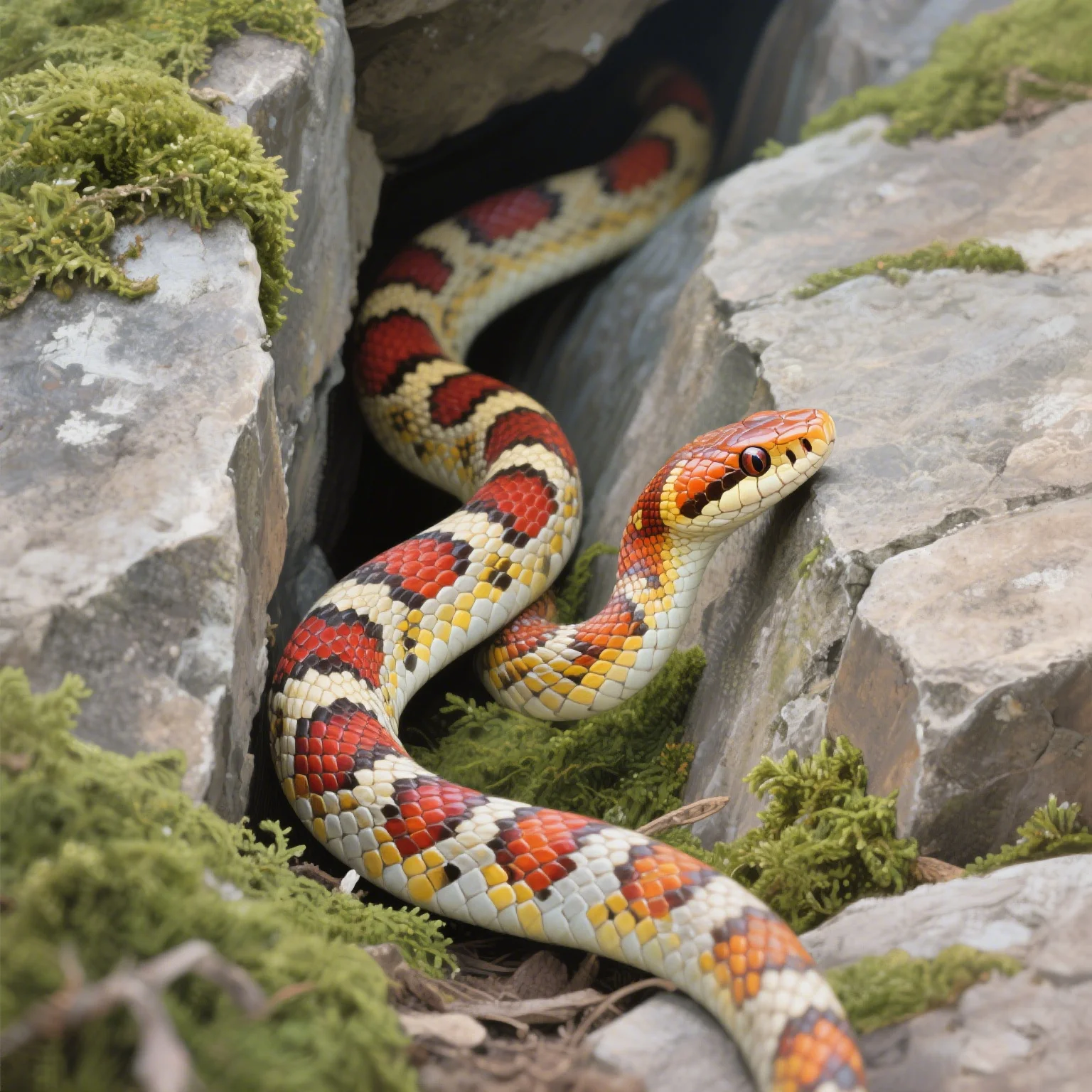
Prolapse (Emergency)
When internal tissue (like part of the cloaca or reproductive organ) protrudes from the vent. This is a critical emergency.
Symptoms: Visible pink or red tissue protruding from the vent.
Action: Keep the tissue clean and moist (e.g., with a damp paper towel soaked in sugar water, which can help reduce swelling). Seek immediate veterinary care. Do not attempt to push the tissue back yourself.
The Role of Veterinary Care
For any suspected serious health issue – especially RIs, Mouth Rot, severe Scale Rot, Impaction, or Prolapse – consulting a veterinarian experienced with reptiles is non-negotiable. They can accurately diagnose the problem, prescribe appropriate medication (oral, injectable, or topical), and advise on necessary husbandry adjustments.
Even for minor issues like stuck shed or mites, a vet can offer safe and effective treatment plans. Establishing a relationship with a reptile vet before an emergency occurs is highly recommended. Many exotic pet issues can become critical rapidly, and knowing who to call saves precious time.
Prevention Through Proper Husbandry
As we emphasize at lopehare.com, prevention is always better than cure. Most corn snake health problems stem from incorrect housing and care. Key elements of proper husbandry include:
- Correct Enclosure Size: Adequate space allows for proper temperature gradients.
- Appropriate Heating: Providing a warm side (with basking spot), cool side, and hide boxes at both ends using a heat mat or overhead heat lamp connected to a thermostat.
- Proper Lighting: While corn snakes don’t strictly need UVB, providing a low-level UVB can be beneficial, especially for overall health and potentially D3 synthesis from diet/supplements. A natural photoperiod (light cycle) is also important.
- Humidity Control: Maintaining 40-60% ambient humidity, with an increase during shedding. Use a hygrometer to monitor.
- Suitable Substrate: Easy to clean, non-toxic, and non-impacting options like aspen shavings, cypress mulch, or paper substrate. Avoid dusty substrates or those that hold too much moisture unless managed carefully.
- Cleanliness: Spot cleaning feces/urates daily, full substrate changes as needed (typically monthly), and regular enclosure disinfection.
- Proper Feeding: Appropriately sized prey items, fed at correct intervals based on age and size, and handled gently after feeding.
- Quarantine: Always quarantine new snakes for 60-90 days before introducing them to your existing collection to prevent disease transmission.
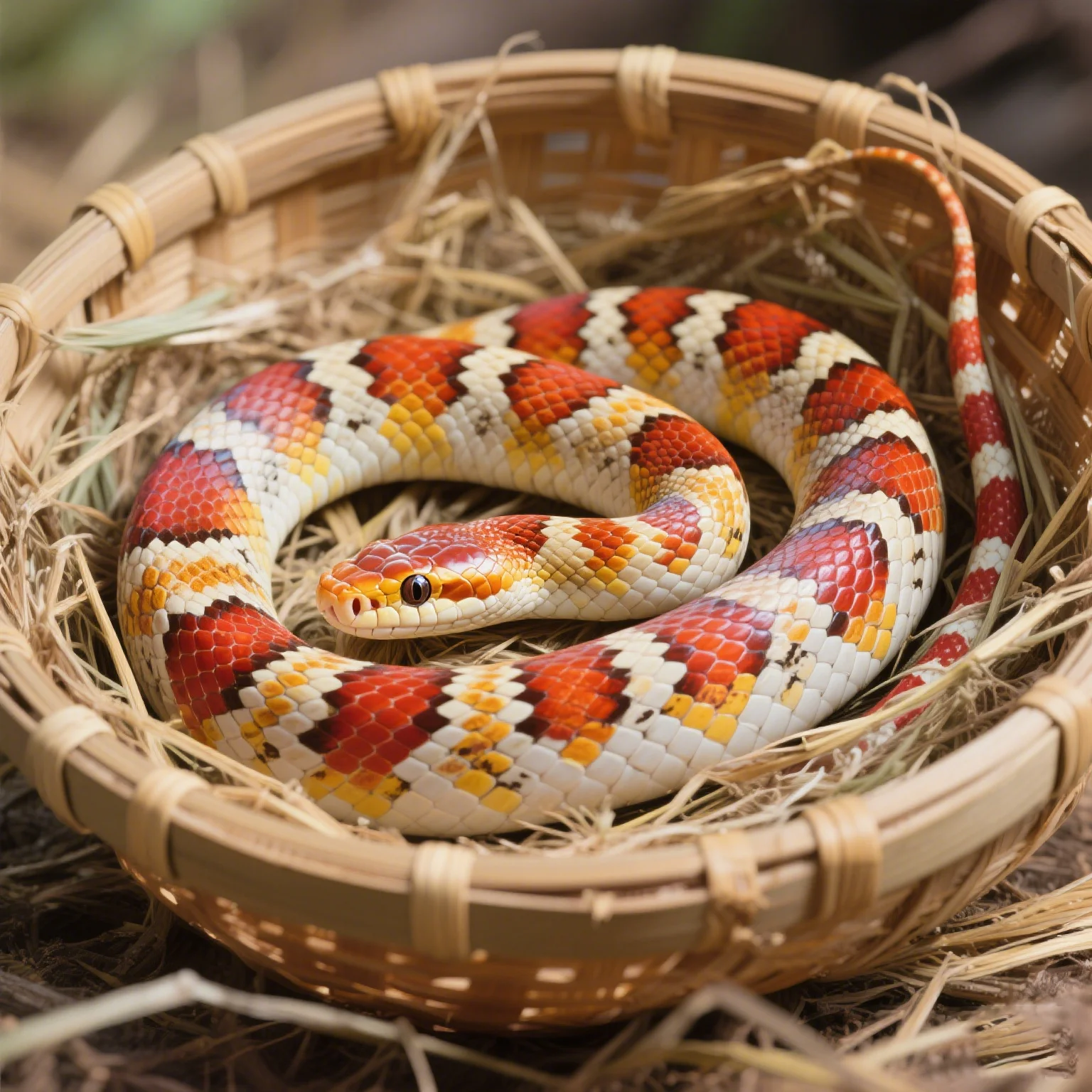
Conclusion: Keeping Your Corn Snake Healthy
While corn snakes are relatively low-maintenance compared to some other reptiles, calling them entirely “easy” isn’t accurate if you factor in the responsibility of proper care and potential health issues. Understanding the signs of illness and, more importantly, providing impeccable husbandry are your best tools for keeping your corn snake healthy. Don’t hesitate to use resources like lopehare.com’s extensive guides or consult a vet if you have concerns. Your commitment to providing the right environment and prompt care will ensure your corn snake thrives for years to come.
References:
